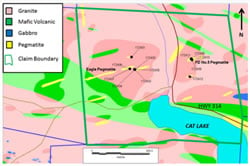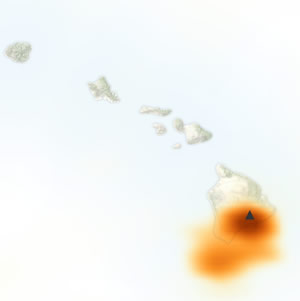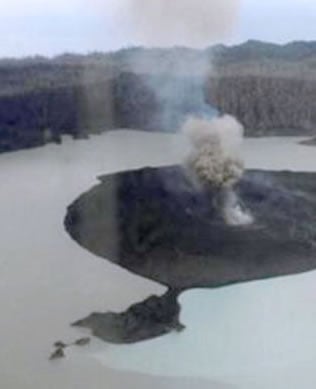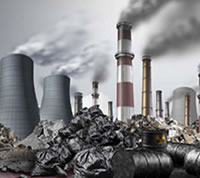
Kenneth Hinkel (GMES/EPSSI) is the principal investigator on a project that has received a $75,436 research and development grant from the National Science Foundation. The project is titled “Collaborative Research: Causes and Consequences of Catastrophic Thermokarst Lake Drainage in an Evolving Arctic System.” This is a three-year project.
By Sponsored Programs.
Extract
Lakes are abundant features on coastal plains of the Arctic, providing important fish and wildlife habitat and water supply for villages and industry, but also interact with frozen ground (permafrost) and the carbon it stores. Most of these lakes are termed “thermokarst” because they form in ice-rich permafrost and gradually expand over time. The dynamic nature of thermokarst lakes also makes them prone to catastrophic drainage and abrupt conversion to wetlands, called drained thermokarst lake basins (DTLBs). Together, thermokarst lakes and DTLBs cover up to 80% of arctic lowland regions, making understanding their response to ongoing climate change essential for coastal plain environmental assessment.









